Non-knowledge, Laughter and The Moving Image Seminar Wi Se 2020/21
In this seminar we will examine the moving image and the laughing body’s potential to overturn our habitual course and change the dominant order of things. We will look into situations in where bodies, images and sounds speak through unstable and unforeseen movements and encounters. How is this relevant today in a time with big data and algorithms? Like the sudden invasion of laughter that for a moment sets us off course, this seminar will explore ways in which we communicate beyond instrumental language, subjectivity and reason, to experience what the moving image and our bodies can do and how they can teach us about the limits of our thinking. The seminar includes excursions, practical moments, screenings, and discussions, together and with invited guests.
The Video Archive will evolve with the Seminar on this page
Face of Our Fear, Stephen Dwoskin, 1992 52mins Colour / Black & White 16mm
Stephen Dwoskin's Face Of Our Fear is a richly conceived essay about the evolving image of disability.
“The visibility of my disability conways to an idea of me that fundamentally stigmatises my. It negates me as an individual and I am robbed I am robbed of my legitimacy. I am deprived of the ability to create my own self because I am almost always seen first as a disabled person. not as a person who happens to have a disability” Stephen Dwoskin
- //
BEHINDERT (Stephen Dwoskin, 1974)
STEPHEN DWOSKIN ON BEHINDERT:
The mere mention of a film concerned with the subject of physical disability conjures up preconceived notions and images as to the type of film it is. It is put aside as a medical/social document of little importance, particularly by film people who think of films as "political," "narrative," "entertainment," "poetic," or "structural.
This film is about the physically normal and disabled in confrontation, but not literal relations. It is a documentary without being one. The content lies beneath the film. The material is treated subjectively, and crosses fiction with realistic documents, without a clear distinction." //
Pauline Boudry/Renate Lorenz, N.O.Body, Installation with 16mm / HD, 15 min. and 47 photographs, 2008 Performance: Werner Hirsch //
Laughing about N.O.Body by Renate Lorenz und Pauline Boudry (PDF)
Laughing about N.O.Body Renate Lorenz und Pauline Boudry ‘N.O. Body’ is a borrowed title. N.O. Body was the pseudonym of an author who published a book in 1907 entitled ‘Aus eines Mannes Mädchenjahren’ (Memoirs of a Man’s Maiden Years). It is the autobiography of a person, born with ambiguous sex, who spent childhood and youth as a girl, and then altered his gender and led an adult life as a man. The first letter N. stands for the protagonist’s two first names, Nora and then Norbert. As such, N.O. Body is both a name and not a name. We like the fact that it marks the identity of somebody who at the same time refuses all identity as a nobody. Furthermore, it refers to a body that cannot only be addressed as nobody. The sex researcher Magnus Hirschfeld, who later would found the Institute for Sexual Science in Berlin, wrote the afterword to this book. In this text he proposed that doctors be required to register newborns whose gender could not be determined as “of undetermined sex” rather than simply assigning one or the other sex to the baby. Hirschfeld – despite his attempts to examine scientifically the masculinity or femininity of bodies – was of the opinion that every person should have the basic right to be able freely to choose their gender. The demand for “equal rights for all,” as Hirschfeld says in his text, is not based on the equality of all persons, but instead on their diversity. Every person must have the same opportunities to live out their differences. This demand has still not been met legally, nor has it been introduced in the medical field for newborns with ambiguous sex. //
Pauline Boudry / Renate Lorenz, talk at Parsons Art, Media & Technology //
Eclogue for No Horizon, Sondra Perry (2017) // Sondra Perry, It's in the Game '17, 2017 // Chroma Screens –Intra-Actions, Connections and Gesturalities, Charu Maithani // Interview: Sondra Perry: Typhoon coming on // Sondra Perry on Eclogue for [in]HABITABILITY // Sondra Perry - Nam June Paik Award 2018 //
On Touching: The Alterity Within, Karen Barad // Karen Barad: Undoing the Future, Troubling Timed(s) and Ecologies of nothingness // Karen Barad, Posthumanist Performativity: Toward an Understanding of How Matter Comes to Matter (PDF) //
Hito Steyerl, Proxy Politics: Signal and Noise (PDF) // Hito Steyerl, How Not to be Seen: A Fucking Didactic Educational .MOV File, 2013 //
Kiona Niehaus HFBK Artist talk 2021 //
Harun Farocki, Parallel (2012) // Parallel II-IV, Harun Farocki, talk: Computer Animation Rules at IKKM, Weimar // Doreen Mende, Entries towards a Society of Ramification (PDF) from PROXY POLITICS Power and Subversion in a Networked Age //
This Is a Story About Nerds and Cops: PredPol and Algorithmic Policing, Jackie Wang (PDF) // Can the camera be racist? // The Handsworth Songs (1986), Black Audio Film Collective // Extract from Black Code/Code Noir (2015) FR/UK, Louis Henderson //
Non-knowledge, Laughter and The Moving Image presents: The Dance of Disorder, Online Symposium, 27-28 Nov 2020
As part of the artistic research project Non-knowledge, Laughter and the Moving Image the online symposium THE DANCE OF DISORDER invites you to live online screenings, talks and discussions that explore the Moving image's and the body’s potential to overturn our habitual course and change the order of things. During these two days bodies, images and sounds speak through unstable and unforeseen movements and encounters to explore ways in which we communicate beyond instrumental language, subjectivity and reason, and to experience what moving images and bodies can do and how they can teach us about the limits of our thinking. The project is led by Annika Larsson and founded by the Swedish Research Council and done in collaboration with The Royal Institute of Arts in Stockholm and the HFBK-Hochschule für Bildende Künste Hamburg. The symposium is organised by Annika Larsson & Isabel Gatzke.
with Black Audio Film Collective (Screening: The Handsworth Songs), Oona Doherty (Screening/Discussion: Hope Hunt and the Ascension into Lazarus), Liv Fontaine (Performance), Kelina Gotman (Lecture: The Feeling of Plague), Barbara Hammer (Screening: I Was/I Am), Caspar Heinemann (Reading: The Devil), Annika Larsson (Screening/Discussion: Danse Macabre), Yulia Lokshina & Angela Stiegler (Screening/Discussion: Subjective Hill), Dana Michel and Tracy Maurice (Installation/Screening/Conversation: Lay them all down), Semiconductor (Screening: 20Hz), Jasmine Schädler (Lecture Performance: The Possessed Gaze), John Smith (Screening: Twice) as well as conversations between Kelina Gotman, Oona Doherty, Liv Fontaine, Casper Heinemann, Yulia Lokshina, Jasmine Schädler, Annika Larsson, Paul Niedermayer, Michel Wagenschütz and Isabel Gatzke a.o. Moderated by Olympia Bukkakis. Design by Leon Lothschütz. //
Lawrence Abu Hamdan, Artist Talk HFBK 17 Nov 2020 //
Once Removed (2019) by Lawrence Abu Hamdan
his video work is a portrait of the time-travelling life of Bassel Abi Chahine, a 31-year-old writer and historian who has managed to obtain the most comprehensive inventory of extremely rare objects, photographs and interviews of the People Liberation Army (PLA) and Progressive Socialist Party (PSP) militia from the Lebanese civil war. His obsessive analysis, collection and unprecedented research into this one militia was done in pursuit of material to reconstitute what he describes as flashbacks and unexplainable memories from a previous life. Through his research Abi Chahine realized that his own lucid memories of a war he had not lived were due to the fact that he was the reincarnation of a soldier Yousef Fouad Al Jawhary, who died aged 16 on February 26, 1984 in the town of Aley. //
Rubber Coated Steel (2016) by Lawrence Abu Hamdan
In 2014, artist and audio investigator Lawrence Abu Hamdan was asked to examine audio files that recorded the shots that killed Nadeem Nawara and Mohamed Abu Daher in the West Bank of Palestine. Rubber Coated Steel is a work that reflects on that process. It does not preside over the voices of the victims but seeks to amplify their silence, questioning the ways in which rights are being heard today.
Set in a facility designed with one specific function – to fire ammunition and silence the sound of the bullets fired – Lawrence Abu Hamdan’s Rubber Coated Steel (2016) is a video work which presents the fictitious trial of an actual murder case. The subtitles are a transcript drawn from a case focusing on an incident in May 2014, in which two unarmed teenagers, Nadeem Nawara and Mohamad Abu Daher, were shot and killed by Israeli soldiers in the occupied West Bank (Palestine). The case never came before a civil court. Instead, it was made public by the human rights organization Defence for Children International. Through Forensic Architecture, a Goldsmiths College-based agency that undertakes advanced architectural and media research, this organization worked with Lawrence Abu Hamdan to publish a report, including detailed audio analysis of the gunshots fired. Which ultimately proved the guilt of the soldiers.
The piece acts as a kind of tribunal in absentia for these murders and the film into a new kind of legal scenography and a form of presentation of the evidence. Transforming the visitor, respectively the viewer into a juror. Emotions, dead bodies, loud sounds, ammunition sounds, and even the voice itself are all removed from the video. This is a silence that forces us to listen to sound which would be incomprehensible to most visitors, even if they were to hear it. The result is a levelling of the playing field between what is voiced and committed to language, and what is suppressed or willingly silenced. //
Truth Measures | Contra Diction: Speech Against Itself, HKW,2016 //
Yutaka Makino, Online Artist Talk and Discussion at HFBK, Dec 2020. // Canon for Cloned Voice after Diana Deutsch, 2020 - Yutaka Makino // Yutaka Makino, Formation (2020) // Yutaka Makino - Conflux //
Artist talk Tsila Hassine, Dec 2020 about her search engine Schmoogle
Shmoogle 2005 -
Shmoogle, an ongoing project entering its 8th year, is growing both in its user base and its relevance. Originally created to explore how the notion of Chaos could be translated to the internet, it has a become a substantial statement on the current epistemological processes that shape our most basic decisions.
Shmoogle is a random search engine. The user types in a query, the Shmoogle engine fetches all of Google's results for that query, and presents in a random order. For Shmoogle, all results are equal, they are all presented on a single (scrolldown) page. Above each result appears its original Google ranking. Shmoogle is also non deterministic. Searching again for the same result will produce the same result, but in another, random, order.
By randomly ordering the results, the user is given back the right of vote. It is the user that decides which is more important and which is less. By presenting all results on a single page, teh user is encouraged to browse through more results than she would on a regular search engine, thus giving her an instant survey of information available to her on the web. //

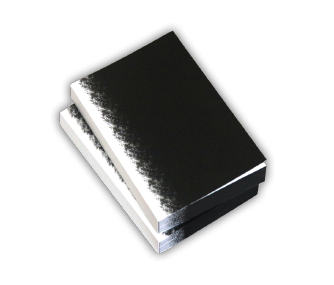

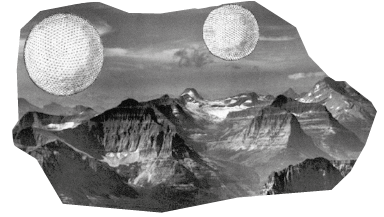

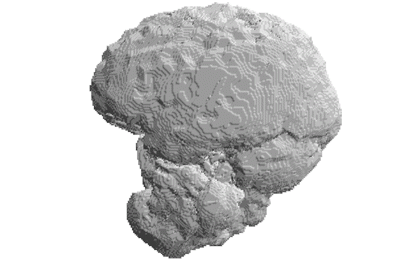

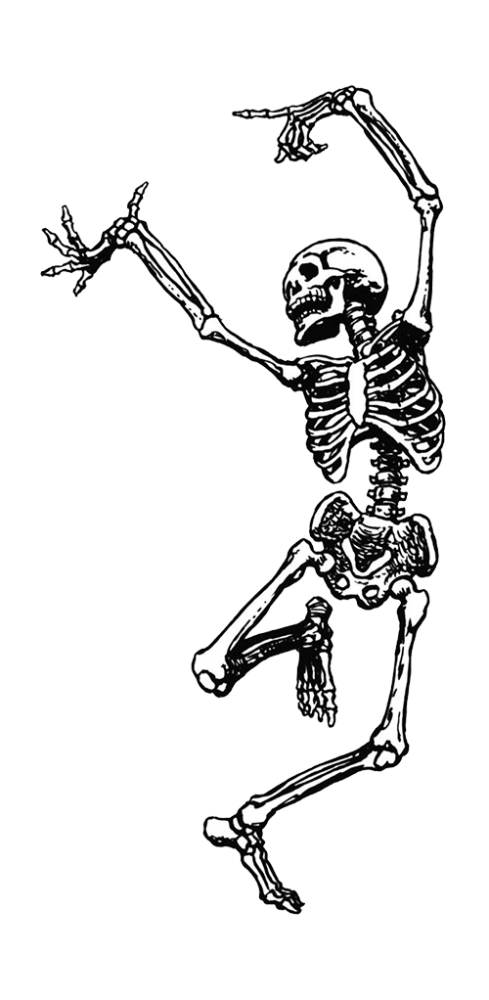

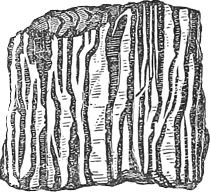

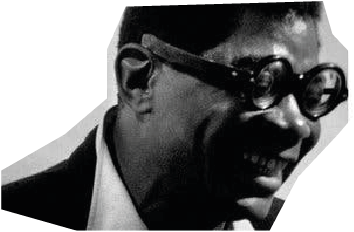

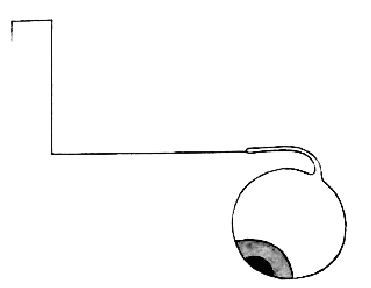

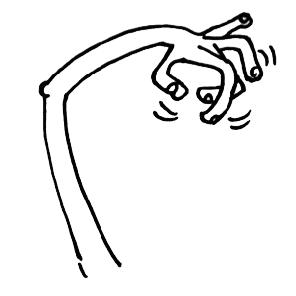

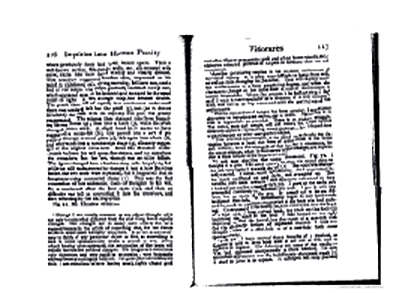



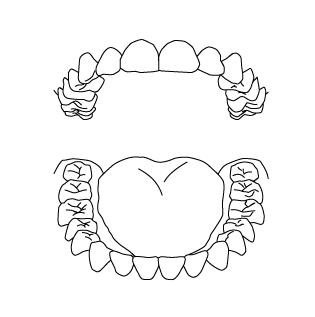









![Sondra Perry on Eclogue for [in]HABITABILITY](https://www.nonknowledge.org/media/pages/hfbkwise2021/470768430-1612729222/perry-interview2-472x354-q85.jpg)

























